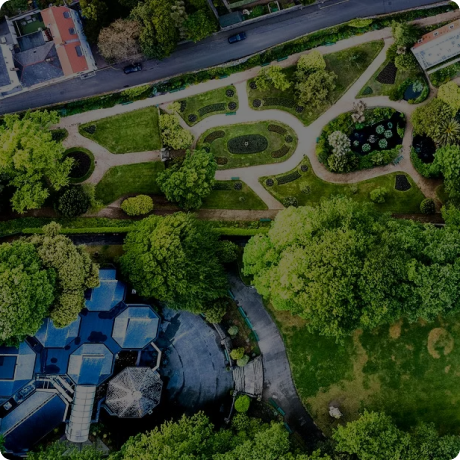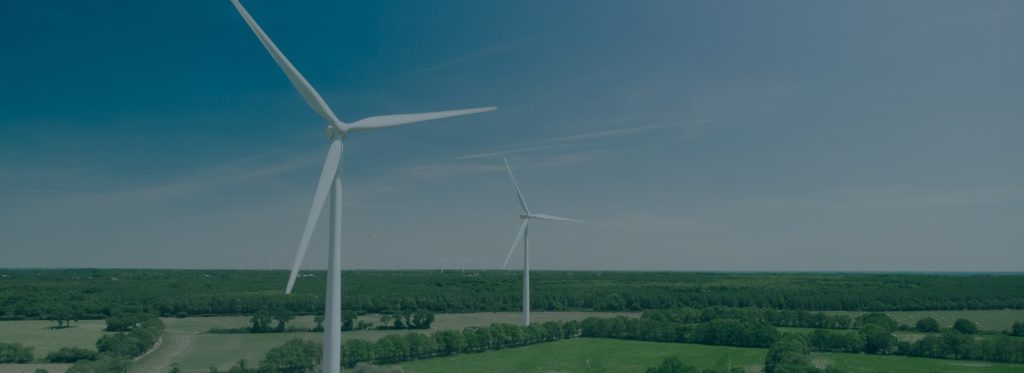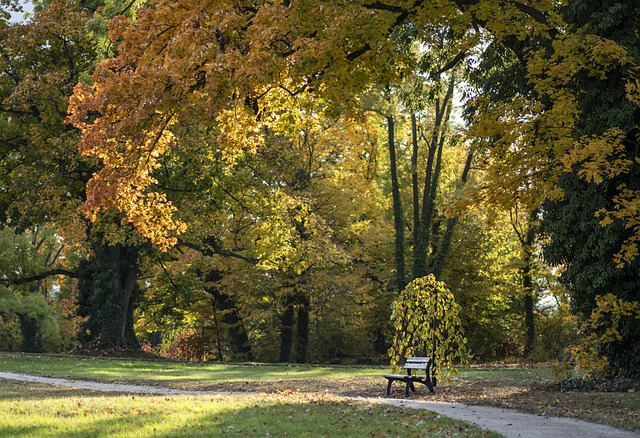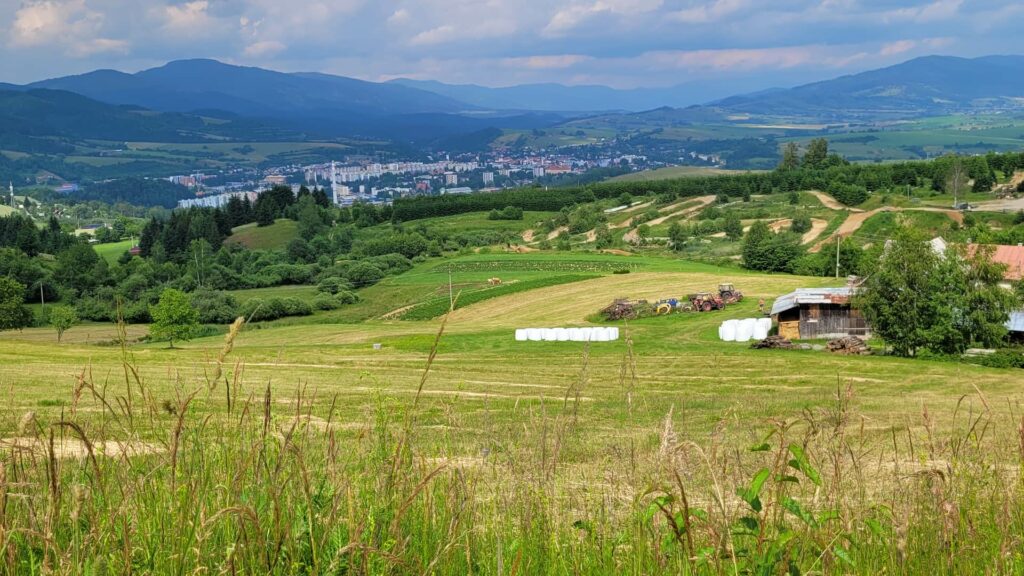This year we completed and submitted adaptation strategies for two medium-sized Slovak cities of 20,000. The very different climatic characteristics – temperature, precipitation, landscape relief, etc. – due to the location of the cities, also resulted in different solutions in the design of how to adapt the cities.
Cities Brezno a Šala
Brezno is a foothill town wedged between the Low Tatras and the Slovak Ore Mountains, spread around the Hron River, at an altitude of about 500 m above sea level, on the territory of which is located both the high mountain peak of Ďumbier (2043 m above sea level) and the Volovské Vrchy of the Highlands. More than half of the hilly area is forested. On the other hand, Šaľa is located in the flat area of the Danube Lowland with an average temperature 5 °C higher than Brezno, practically without forest cover with a large agricultural landscape occupying more than 90% of the territory.

„For the city of Brezno we proposed 85 different projects based on adaptation and mitigation measures, for Šiauliai 66 projects. The projects are based on the application of blue-green infrastructure in the built-up area and landscape, the expansion of green areas, the retention and slowing down of water runoff from the territory, the conversion of impermeable surfaces, energy savings, the promotion of education, etc. Both cities have already had a number of successful adaptation projects and this has been matched by excellent cooperation.“

Jan Matouš
ASITIS.cz, zpracovatel Adaptační strategie

Outlook to the future
With great simplification, Brezno should focus in the next 5 years mainly on improving the microclimate of the built-up area, simplifying the care of greenery through automatic irrigation, drainage of unpaved roads in the open countryside, protection against flash floods and improvement of water management infrastructure. Šaľa will need to make efforts to fully restore the irrigation canal system, plant greenery and windbreaks in the agricultural landscape, use water from artesian wells and increase the proportion of resilient, high-quality greenery in the built-up area.












